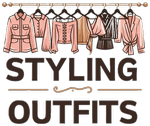Streetwear fashion, often referred to as urban fashion or street style, is a distinctive clothing trend that emerged from the underground hip-hop and skateboarding scenes of the late 20th century. It represents a fusion of comfort, functionality, and self-expression, with roots in urban youth culture and a rebellious spirit that challenges traditional fashion norms.
Streetwear is characterized by a casual and edgy aesthetic, featuring oversized silhouettes, bold graphics, and a mix of sportswear and high-fashion elements. It embraces a DIY ethos, encouraging individuality and creativity in fashion choices.
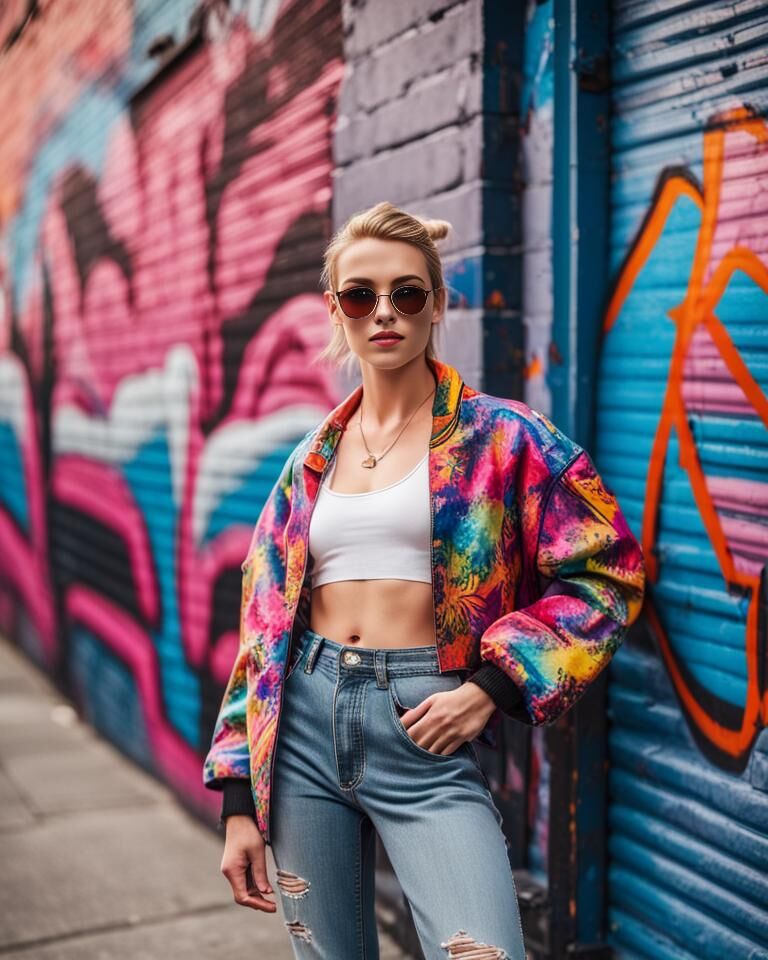
Pro Tip: Thrifting and customizing second-hand clothing is a great way to embrace the DIY spirit of streetwear while being sustainable and cost-effective.
The Origins of Streetwear
The origins of streetwear can be traced back to the 1970s and 1980s when urban youth in cities like New York, Los Angeles, and Tokyo began appropriating workwear, military surplus, and sportswear into their daily attire. Brands like Stüssy, Shawn Stüssy’s surf-inspired label founded in 1980, played a pivotal role in shaping the early streetwear scene.
As hip-hop culture gained mainstream popularity in the 1990s, streetwear fashion gained momentum, with brands like Fubu, Ecko Unltd, and Triple 5 Soul catering to the urban market. Simultaneously, skate and surf brands like Vans, Volcom, and Billabong captured the attention of youth subcultures, further solidifying streetwear’s presence in the fashion landscape.
Pro Tip: Check out vintage stores or online marketplaces for rare and authentic streetwear pieces from the 90s and early 2000s.
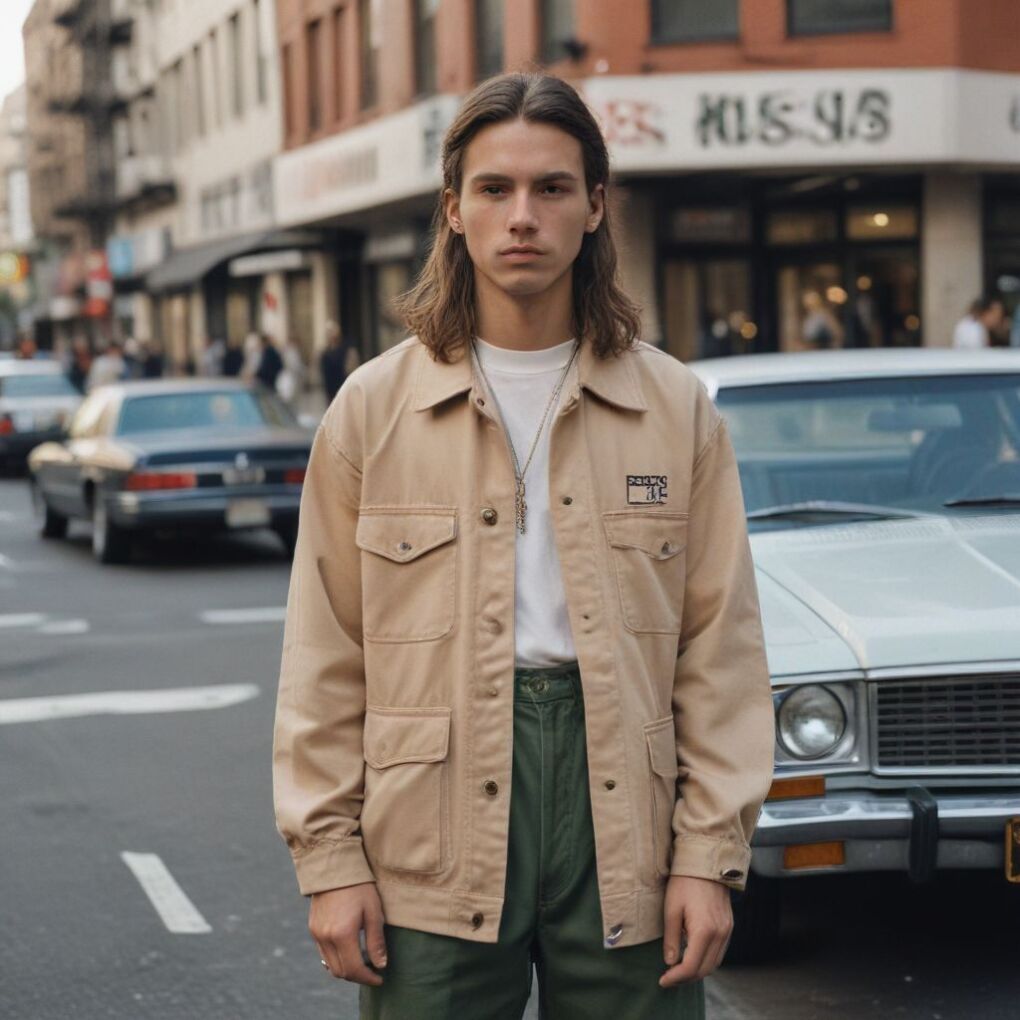
The Streetwear Revolution
In the early 2000s, streetwear experienced a seismic shift, evolving from a niche subculture to a global phenomenon. Brands like Supreme, Bape, and Uniqlo’s UT line became highly coveted, with their limited-edition drops and collaborations fueling a frenzy among streetwear enthusiasts.
Supreme, in particular, is widely regarded as one of the most influential streetwear brands of our time. Founded in 1994 by James Jebbia, Supreme’s iconic box logo and limited-edition product drops have cultivated a cult-like following among fans. The brand’s collaborations with artists, designers, and other brands, such as Louis Vuitton, Nike, and Comme des Garçons, have further cemented its status as a streetwear powerhouse.
Streetwear’s influence extended beyond clothing, shaping music, art, and popular culture. Iconic figures like Kanye West, Pharrell Williams, and Virgil Abloh embraced and championed the streetwear aesthetic, bringing it to the forefront of mainstream fashion.
Pro Tip: Follow streetwear brands and influencers on social media to stay updated on upcoming drops, collaborations, and insider news.
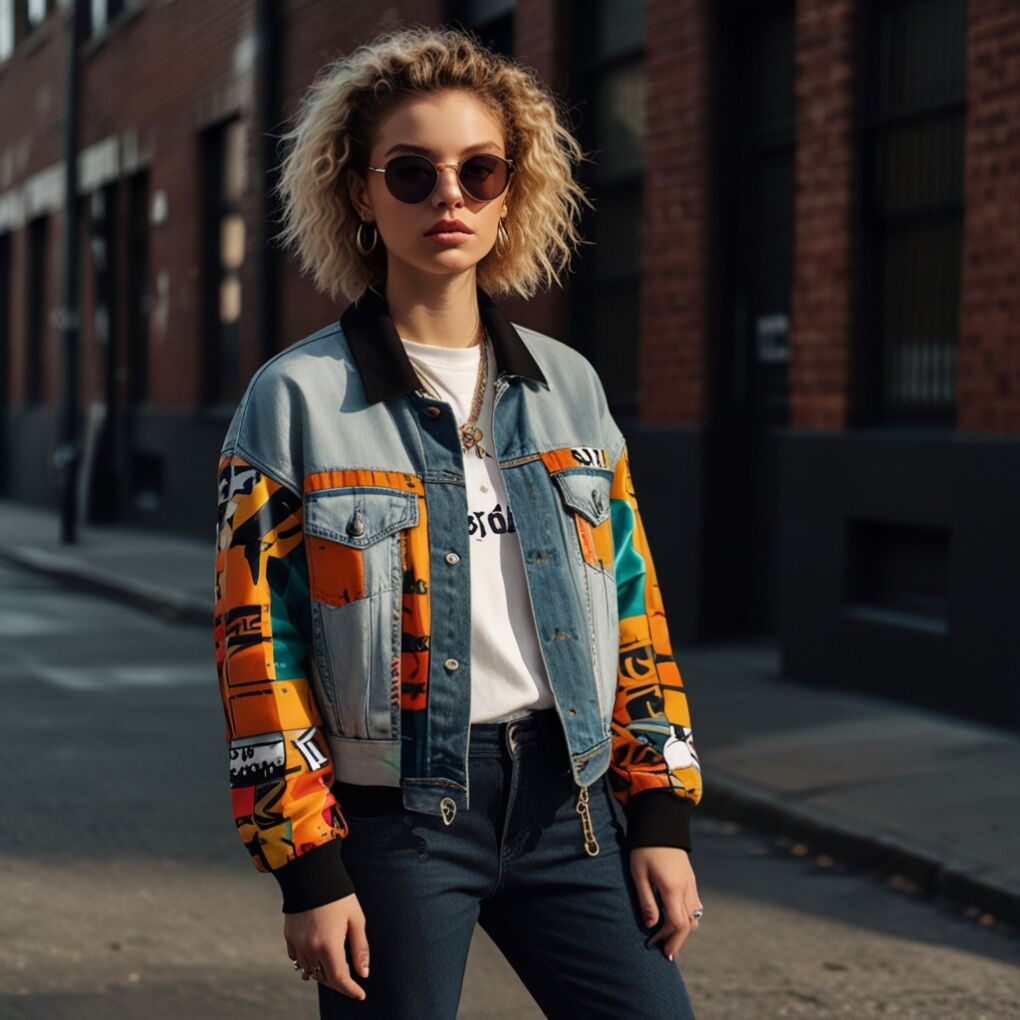
Key Elements of Streetwear Fashion
Streetwear fashion is characterized by several distinct elements that set it apart from traditional fashion:
Graphic Tees:
The emphasis on bold graphics and logos on t-shirts is a defining feature of streetwear. These designs often reflect the brand’s identity, messaging, or collaborations, making them highly recognizable and sought-after by fans.
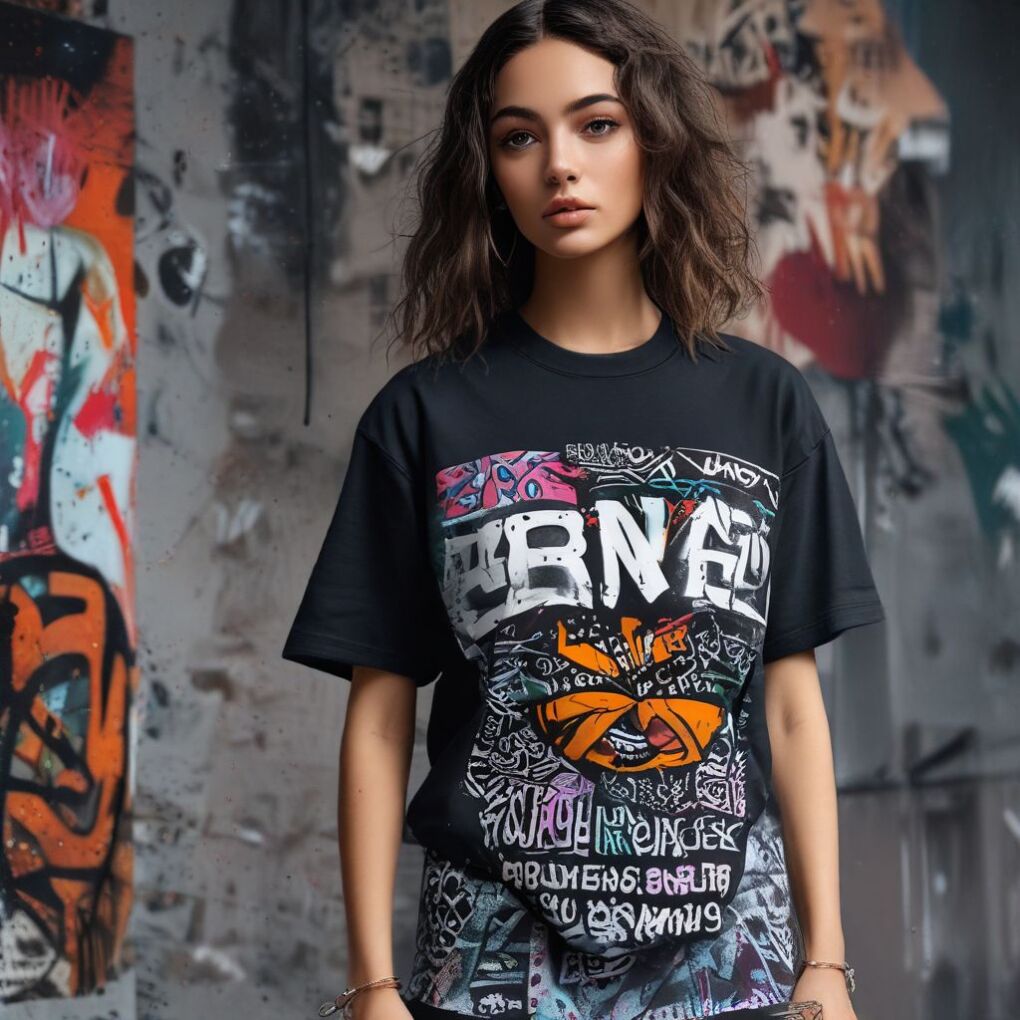
Oversized Silhouettes:
The relaxed, baggy fits are a departure from traditional fashion’s focus on tailored silhouettes. This oversized look prioritizes comfort and a laid-back attitude, aligning with streetwear’s origins in skate and hip-hop culture.
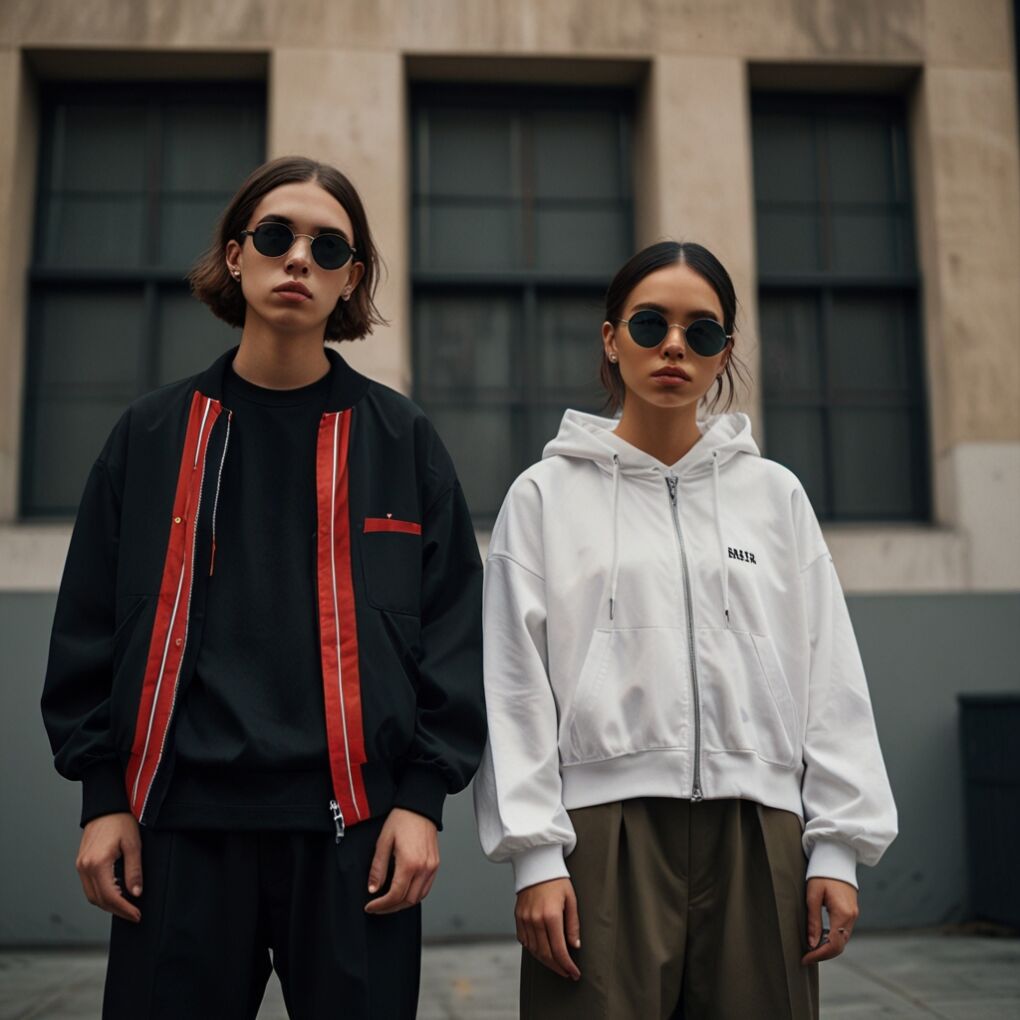
Sneakers:
Sneakers have become an integral part of streetwear, transcending their original purpose as athletic footwear. Limited-edition and collaborative sneaker models are highly coveted, often resold at premium prices, reflecting the influence of sneaker culture on streetwear.
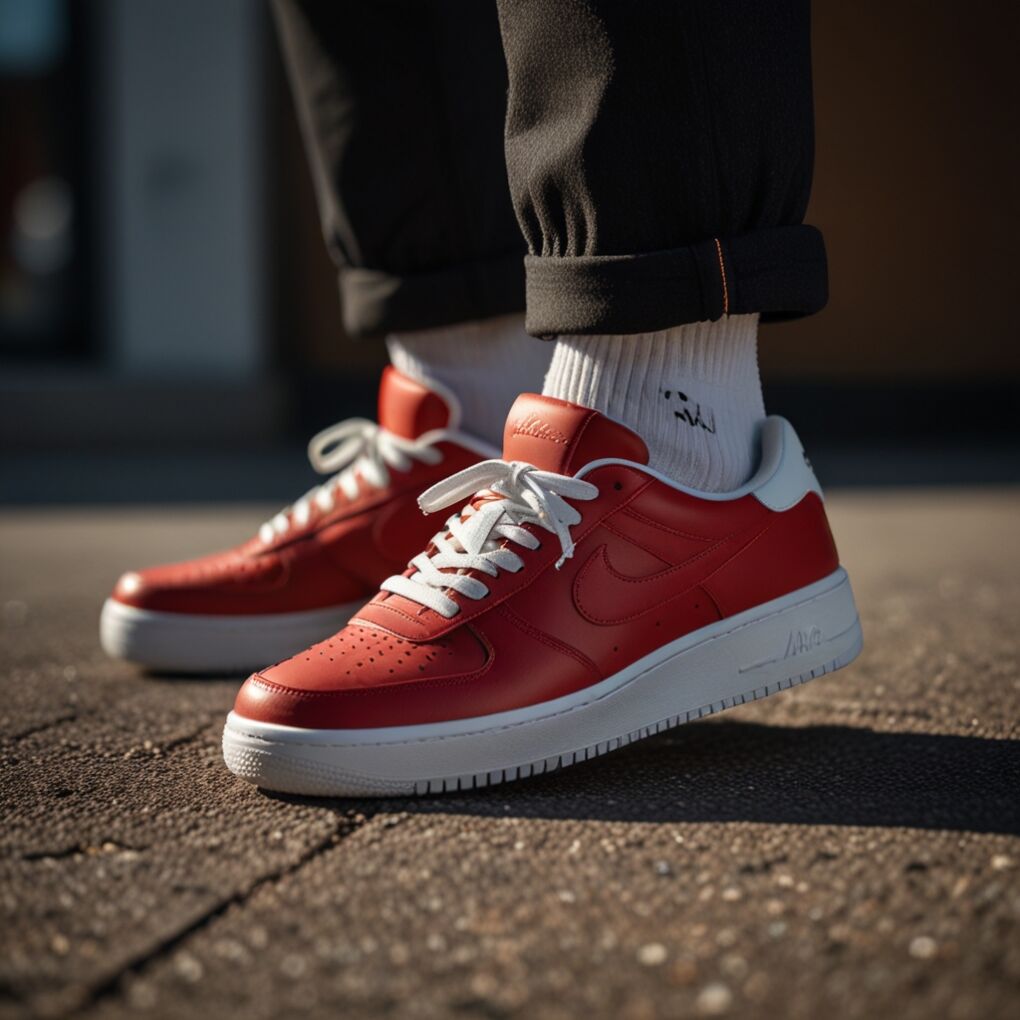
Layering:
The layering technique allows for versatility and self-expression, combining different pieces like hoodies, jackets, and vests to create unique looks. It also aligns with streetwear’s practical roots in urban environments.
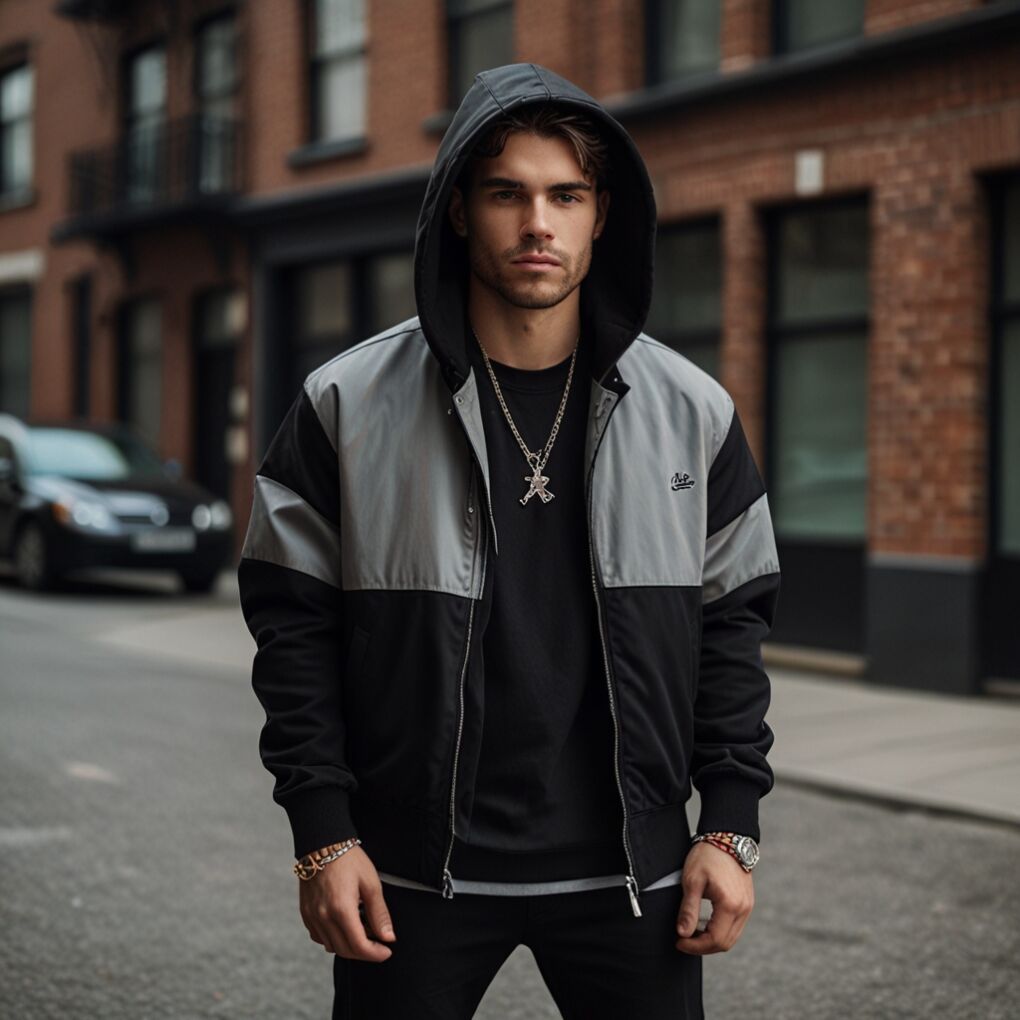
Collaborations:
Streetwear brands have embraced collaborations as a way to create exclusive and highly desired products. These partnerships with artists, musicians, and other brands not only drive hype but also reflect streetwear’s inclusive and boundary-pushing nature.
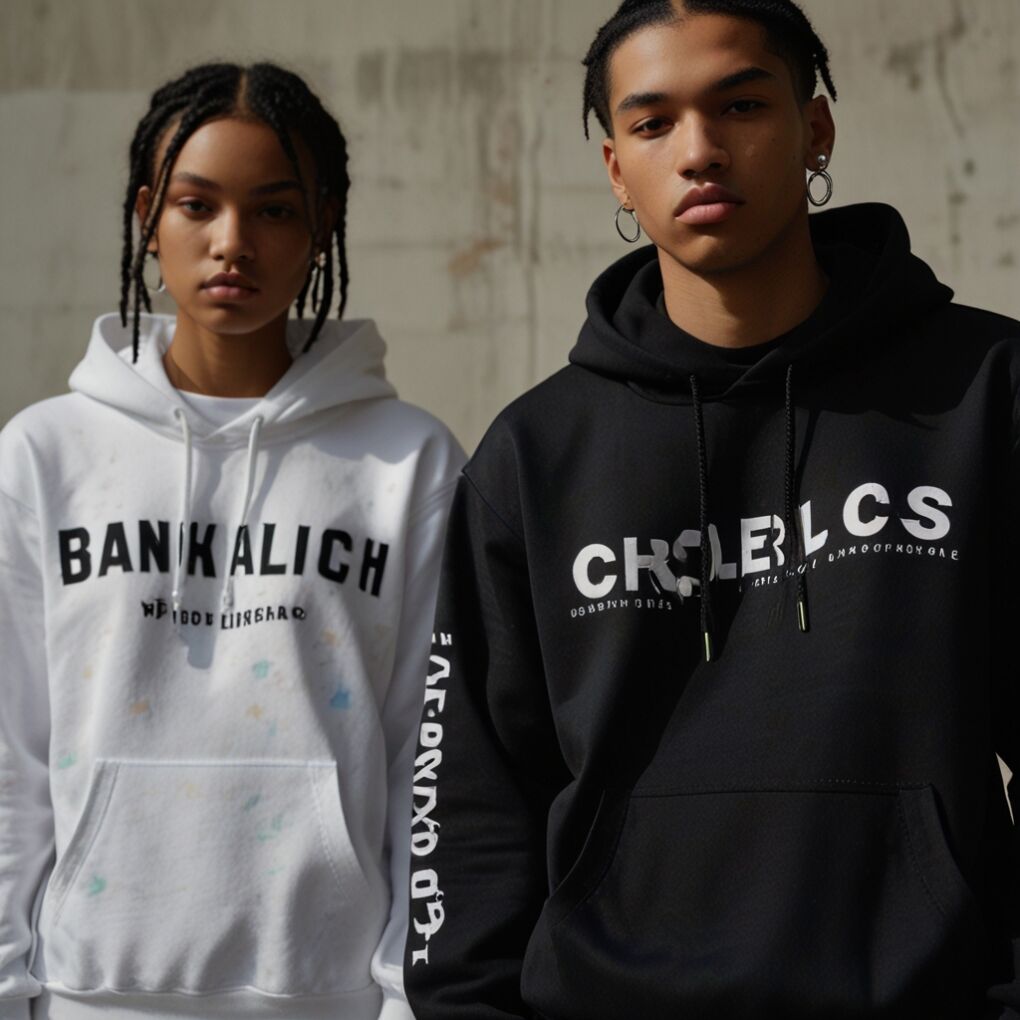
Accessories:
The inclusion of accessories like baseball caps, beanies, and backpacks highlights the importance of personal style and individualization within streetwear. These functional and stylish pieces allow wearers to add their own flair to their outfits.
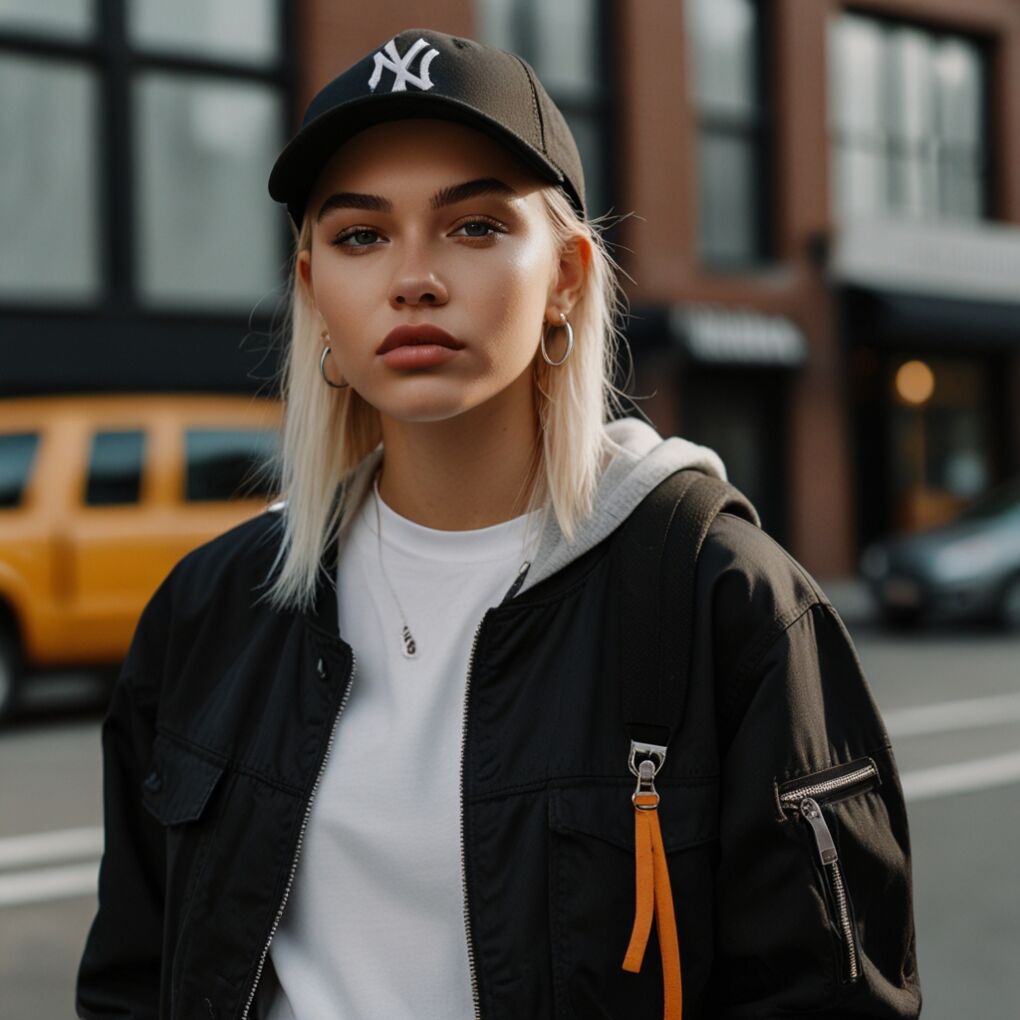
Overall, this list effectively captures the key elements that define streetwear fashion, from its distinct aesthetics to its cultural influences and emphasis on exclusivity and self-expression. It provides a solid foundation for understanding the unique characteristics that set streetwear apart from traditional fashion.
Here’s a table showcasing some of the most influential streetwear brands and their contributions to the movement:
| Brand | Founded | Notable Contributions |
|---|---|---|
| Stüssy | 1980 | Pioneered the surf-inspired streetwear aesthetic |
| Supreme | 1994 | Revolutionized the limited-edition drop model and collaborations |
| Bape (A Bathing Ape) | 1993 | Introduced the iconic camouflage print and ape motif |
| Uniqlo UT | 2003 | Brought streetwear to the masses with affordable graphic tees |
| Off-White | 2013 | Blurred the lines between streetwear and high fashion |
| Kith | 2011 | Known for its premium streetwear pieces and collaborations |
| Palace Skateboards | 2009 | Fusing skateboarding culture with streetwear fashion |
Pro Tip: Invest in high-quality, versatile pieces that can be mixed and matched to create unique streetwear looks.
The Impact of Streetwear on Fashion
Streetwear’s impact on the fashion industry cannot be overstated. It has challenged traditional notions of luxury and exclusivity, democratizing fashion and empowering individuality. Major fashion houses like Louis Vuitton, Gucci, and Balenciaga have embraced streetwear aesthetics, collaborating with brands and designers from the urban scene.
One of the most notable examples is the partnership between Louis Vuitton and Supreme, which resulted in the highly coveted Louis Vuitton x Supreme collection in 2017. This collaboration not only blurred the lines between high fashion and streetwear but also sparked a global frenzy among fashion enthusiasts and resellers.
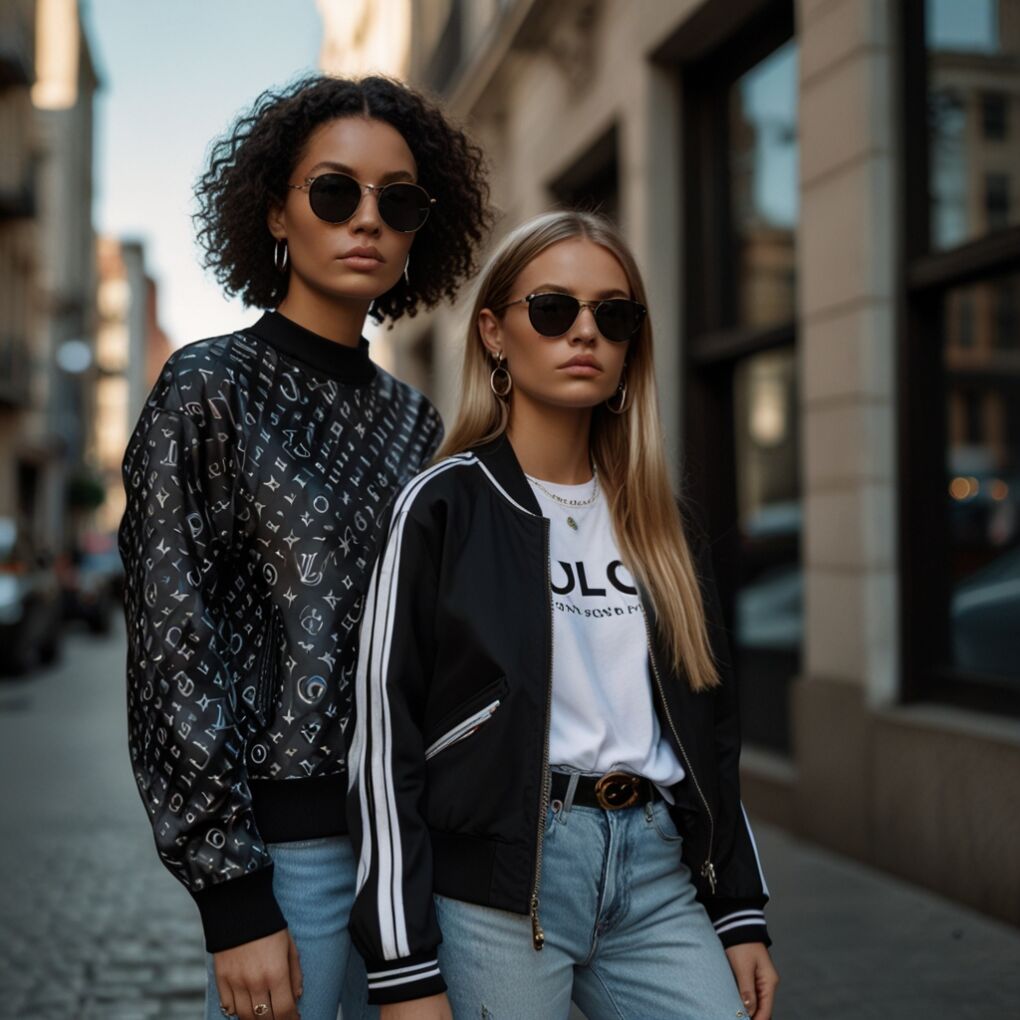
As streetwear continues to evolve, it has also influenced sustainable fashion practices. Brands like Noah and Pangaia are leading the charge in creating eco-friendly streetwear, using recycled materials and advocating for ethical production methods.
Here’s a quote from Virgil Abloh, the visionary designer behind Off-White and former artistic director for Louis Vuitton menswear, on the power of streetwear:
“Streetwear, in my opinion, is the closest parallel to modern art. It’s a way for kids and cultures to express themselves freely without boundaries.” – Virgil Abloh
Pro Tip: Explore vintage and second-hand streetwear pieces to add a unique and sustainable twist to your wardrobe.
The Future of Streetwear Fashion
The future of streetwear fashion is bright and ever-evolving. As younger generations embrace self-expression and individuality, streetwear is poised to become even more mainstream and influential.
Some trends shaping the future of streetwear include:
- Increased focus on sustainability and ethical production practices
- Continued blurring of lines between streetwear and high fashion
- Emergence of virtual and digital streetwear in the metaverse
- Exploration of gender-fluid and inclusive design
- Incorporation of cutting-edge technology and materials
For those interested in staying up-to-date with the latest streetwear trends and releases, here are some popular resources:
- Websites: Hypebeast, High Snobiety, Highsnobiety
- Social Media: Instagram accounts like @ComplexStyle, @HypebeastStyle, and @HighSnobietySneakers
- YouTube Channels: Marquee Brands, Sole Supplier
- Podcasts: “Hypebeast Radio” and “The Dropcast”
Pro Tip: Experiment with your personal style and don’t be afraid to mix and match streetwear pieces with other fashion genres to create a unique look that reflects your individuality.
Streetwear fashion has come a long way from its underground roots, evolving into a global phenomenon that continues to shape popular culture and challenge traditional fashion norms. Whether you’re a devoted streetwear enthusiast or simply appreciate its rebellious spirit, there’s no denying the enduring influence and impact of this urban style movement.
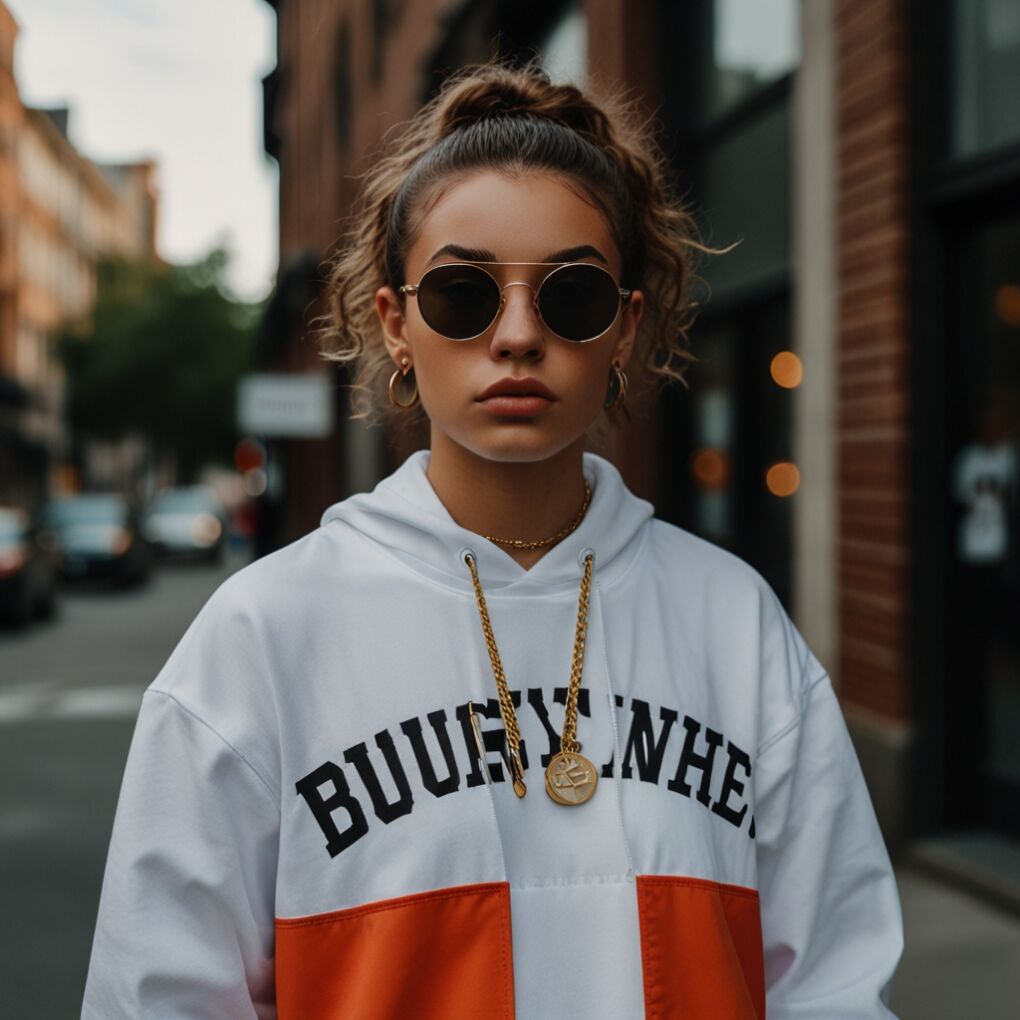
Streetwear and Sneaker Culture
One aspect of streetwear that cannot be overlooked is the intrinsic connection to sneaker culture. Sneakers have become a pivotal element in streetwear fashion, with rare and limited-edition models often commanding premium prices in the resale market.
Brands like Nike, Adidas, and Jordan have embraced collaborations with streetwear labels, creating highly sought-after sneaker releases that blend style and performance. The Air Jordan 1 “Dior” and the Adidas Yeezy line by Kanye West are prime examples of this fusion.
Sneaker conventions, such as Sneaker Con and Crepe City, have become popular events where enthusiasts gather to buy, sell, and trade coveted sneakers, fostering a community around this aspect of streetwear culture.
Pro Tip: Invest in quality sneaker cleaners and protectors to maintain the pristine condition of your kicks.
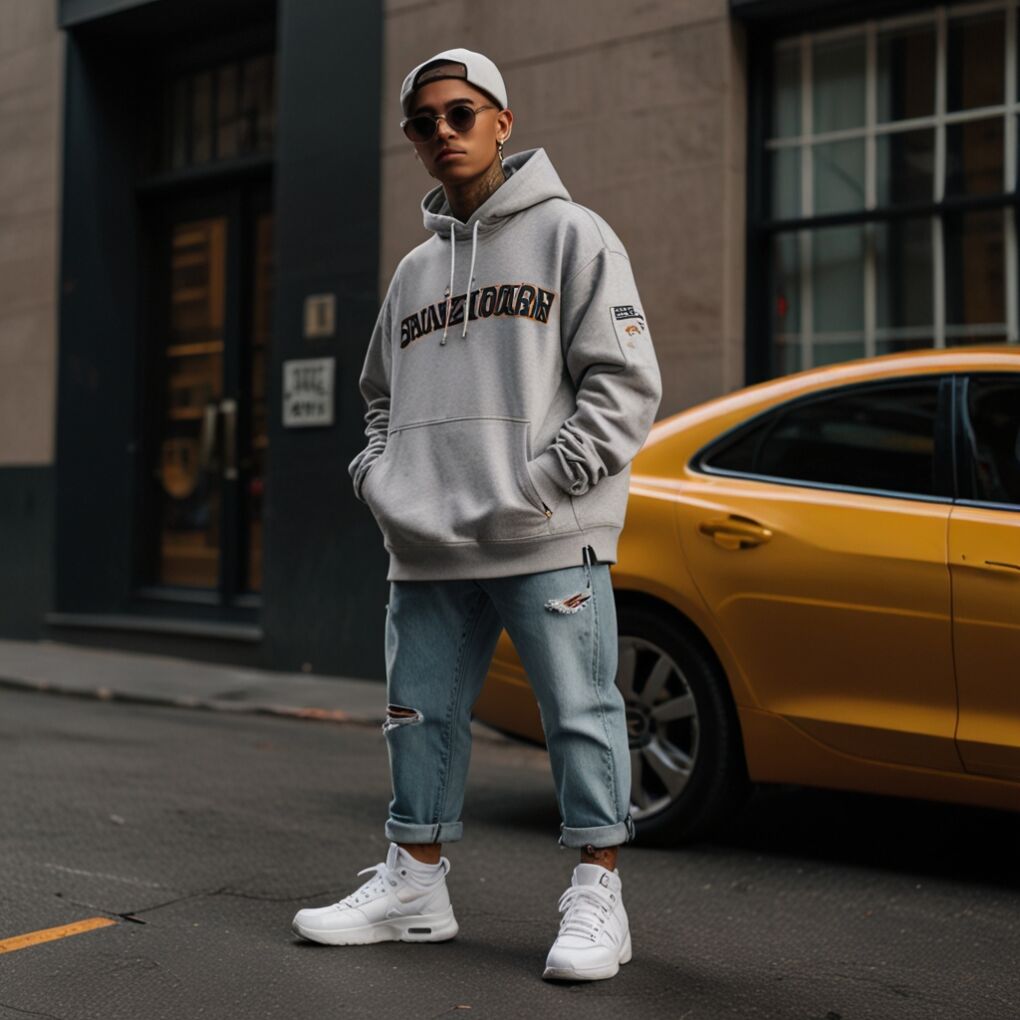
Streetwear for Women
While streetwear has historically been male-dominated, the rise of influential female streetwear icons and designers has helped to reshape the narrative. Brands like Dimepiece LA, Byor, and Dange Ruby have carved out their niche in the streetwear market, offering collections that cater to women while staying true to the streetwear aesthetic.
Notable figures like Aleali May, Melody Ehsani, and Gypsy Sport’s Rio Uribe have challenged traditional gender norms in streetwear, advocating for inclusivity and representation within the community.
Pro Tip: Don’t be afraid to experiment with oversized silhouettes and traditionally masculine streetwear pieces to create a bold and empowering look.
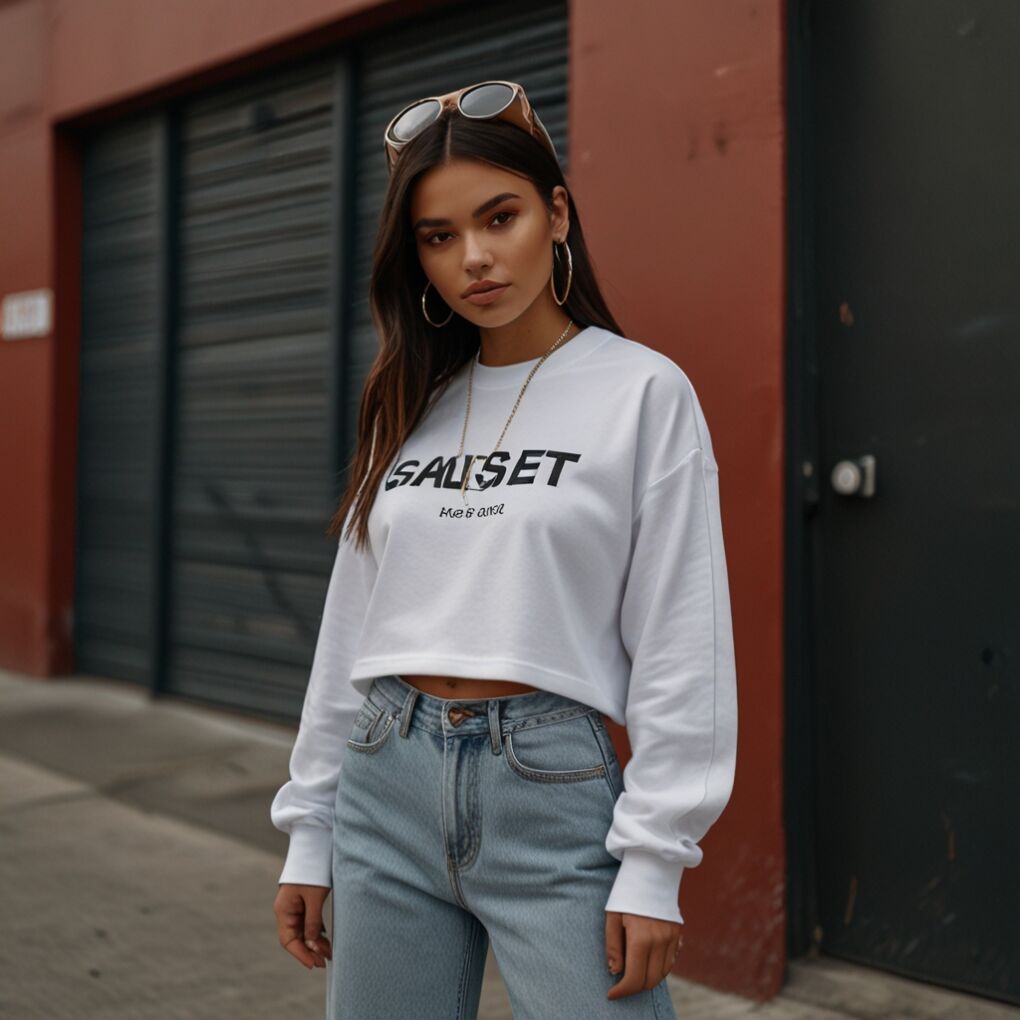
Streetwear and Music
Streetwear and music have long been intertwined, with each influencing the other’s culture and style. Hip-hop artists, in particular, have played a significant role in popularizing streetwear fashion through their music videos, stage performances, and personal style choices.
Brands like VLONE, founded by A$AP Bari and the A$AP Mob, and Cactus Plant Flea Market, created by Cantor Dust and Cynthia Lu, have capitalized on this connection, collaborating with musicians and leveraging their influence to reach a wider audience.
In turn, streetwear brands have become integral parts of music culture, sponsoring tours, festivals, and events, further solidifying the symbiotic relationship between these two creative realms.
Pro Tip: Attend music festivals or concerts featuring artists who embrace streetwear fashion to immerse yourself in the culture and find inspiration for your personal style.
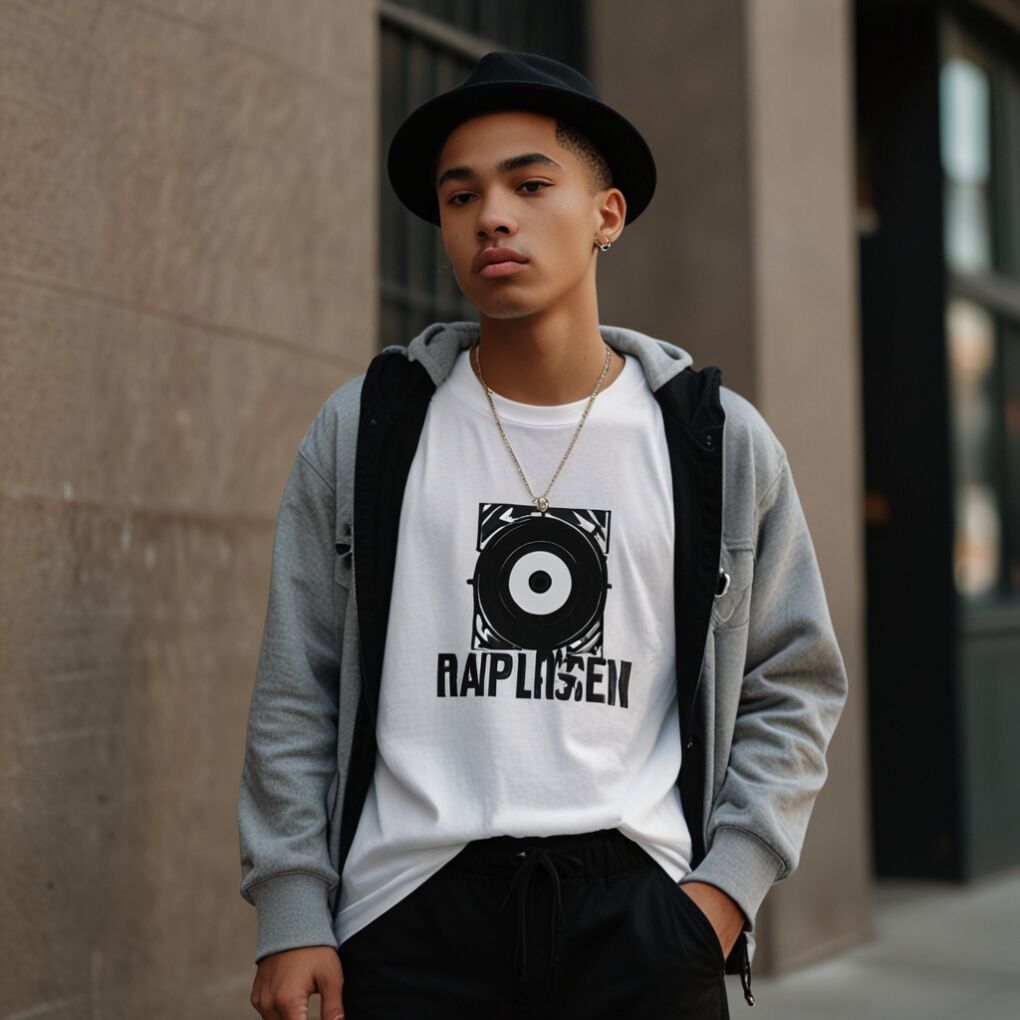
Streetwear and Art
Streetwear has always been intertwined with art and creative expression. Many streetwear brands have collaborated with artists, incorporating their designs and artwork into clothing and accessories. These collaborations not only create unique and limited-edition pieces but also provide a platform for artists to showcase their work to a broader audience.
One notable example is the longstanding partnership between Supreme and renowned artists like Damien Hirst, Takashi Murakami, and George Condo. These collaborations have resulted in highly sought-after collections that blur the lines between fashion and art.
Streetwear brands have also embraced the art of customization, with DIY enthusiasts and artists creating one-of-a-kind pieces by upcycling and embellishing existing garments. This trend has given rise to a vibrant community of creators who share their skills and techniques through social media platforms and workshops.
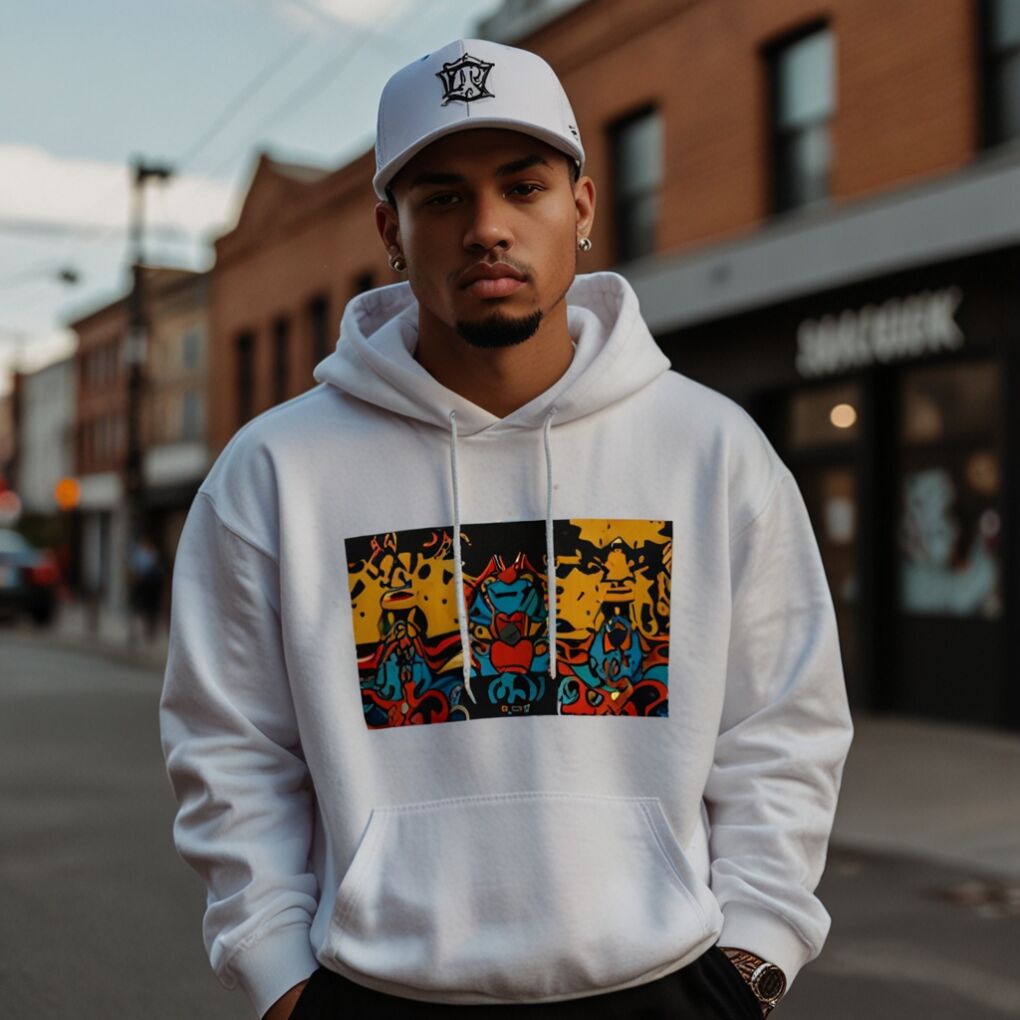
Pro Tip: Explore local art galleries, exhibitions, or online platforms featuring streetwear-inspired artwork to discover unique and creative pieces to add to your collection.
Conclusion
By incorporating these additional sections on sneaker culture, women’s streetwear, the connection to music and art, and relevant pro tips, this expanded blog post provides a more comprehensive and engaging look at the world of streetwear fashion. The added content not only offers deeper insights but also highlights the diverse facets and influences that shape this dynamic style movement.
